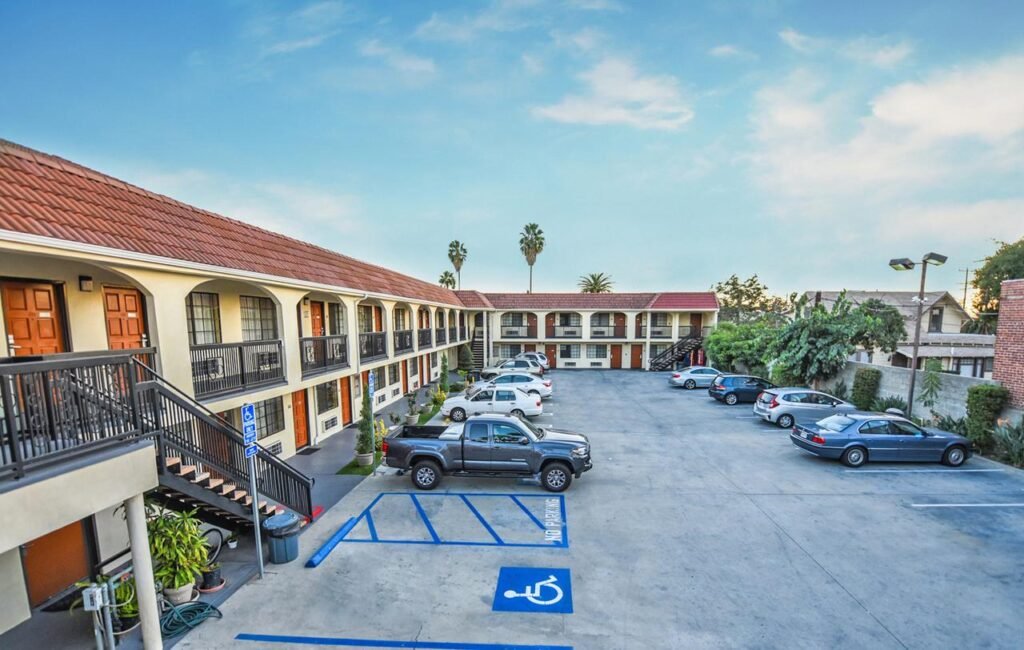Properly managing lodge parking is essential for a hassle-free and enjoyable stay. Ensuring that you understand and adhere to the lodge’s parking policies can prevent confusion and enhance your overall experience. Here’s a comprehensive guide on how to manage lodge parking effectively.
Understanding Lodge Parking Policies
Before you arrive at your lodge, familiarise yourself with its parking policies. These policies can include information on parking fees, designated parking areas, and any specific rules you need to follow. Understanding these details in advance helps you prepare and ensures a smooth parking experience. Most lodges provide this information on their website or through direct communication during the booking process.

Booking Parking in Advance
If your lodge offers the option to book parking in advance, take advantage of it. Reserving a parking spot ahead of time guarantees that you have a place to park upon arrival, especially during peak seasons or at popular destinations. This proactive step saves time and reduces the stress of finding a spot after a long journey.
Arriving and Checking In
Upon arrival, follow the lodge’s check-in procedures for parking. This often involves stopping at the front desk to confirm your reservation and receive a parking permit or instructions on where to park. Adhering to these procedures ensures that you are parking in the correct area and helps lodge staff keep track of vehicle occupancy.
Finding Your Designated Parking Area
Many lodges have designated parking areas for guests, which might include specific spots for different types of vehicles, such as cars, RVs, or motorcycles. Look for clear signage directing you to the appropriate parking area. If you’re unsure, ask a staff member for assistance. Parking in the correct area helps maintain order and ensures that all guests have access to suitable parking.
Using Parking Permits
If your lodge requires a parking permit, make sure it is visibly displayed in your vehicle at all times. This permit typically includes information about your stay and confirms that you have permission to park on the premises. Failure to display your permit properly can result in fines or your vehicle being towed, so ensure it is easily visible.
Adhering to Parking Rules and Regulations
Respect the lodge’s parking rules and regulations to avoid issues during your stay. This includes observing speed limits, parking only in designated spots, and not blocking access points or other vehicles. Adhering to these rules promotes safety and convenience for all guests. If the lodge has special instructions for loading and unloading, follow them to facilitate smooth operations.
Managing Multiple Vehicles
If you are traveling with multiple vehicles, inform the lodge in advance to ensure there is adequate parking available. Some lodges may have restrictions on the number of vehicles per guest room or may charge additional fees for extra vehicles. Clear communication with the lodge helps prevent misunderstandings and ensures that all your vehicles are accommodated.
Utilizing Valet Services
Many lodges offer valet services as a convenient parking option. If available, using valet services can save you time and effort, especially in lodges with limited or distant parking areas. Valet attendants are typically knowledgeable about the best parking spots and can ensure your vehicle is parked securely. This service allows you to start your stay without the hassle of parking logistics.
Considering Alternative Transportation
In some cases, considering alternative transportation options can enhance your lodge experience. If parking is limited or expensive, using public transportation, ride-sharing services, or shuttle buses provided by the lodge can be a practical alternative. This approach reduces the stress of managing lodge parking and can also be more environmentally friendly.
Preparing for Departure
When it’s time to check out, plan your departure to avoid congestion in the parking area. If the lodge has specific check-out procedures for parking, follow them carefully. This might include returning parking permits, settling any parking-related fees, and ensuring your vehicle is ready for departure. Preparing in advance helps you leave smoothly and courteously.
Final Tips for Managing Lodge Parking
- Communicate Clearly: Always communicate any special parking needs or concerns with lodge staff in advance.
- Stay Informed: Keep updated on any changes to the lodge’s parking policies during your stay.
- Respect Other Guests: Be considerate of other guests by parking within designated lines and not occupying multiple spots.
- Plan Ahead: Factor in extra time for parking when planning your arrival and departure schedules.
Conclusion
In conclusion, managing lodge parking effectively involves understanding and adhering to the lodge’s parking policies, booking in advance, following check-in procedures, and using designated parking areas. By respecting parking rules, utilizing valet services when available, and considering alternative transportation options, you can ensure a smooth and stress-free parking experience. Properly managing lodge parking enhances your overall stay, allowing you to focus on enjoying your time at the lodge.



